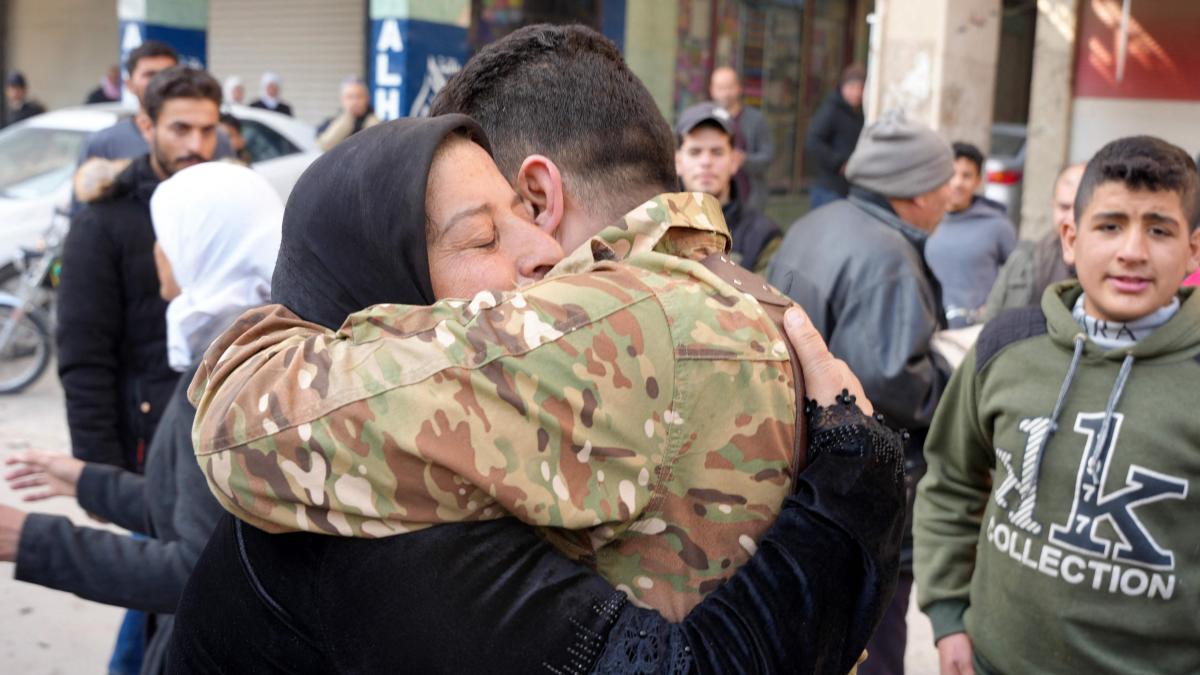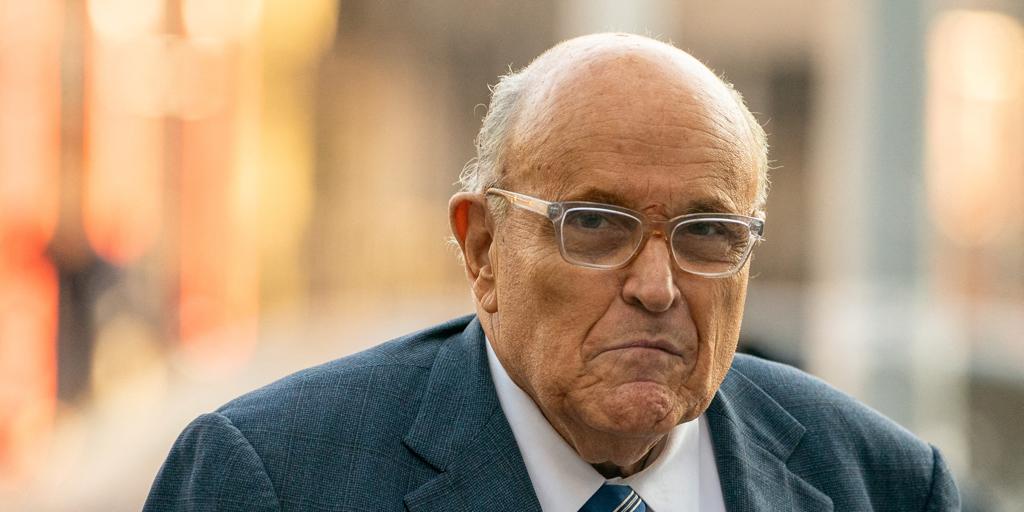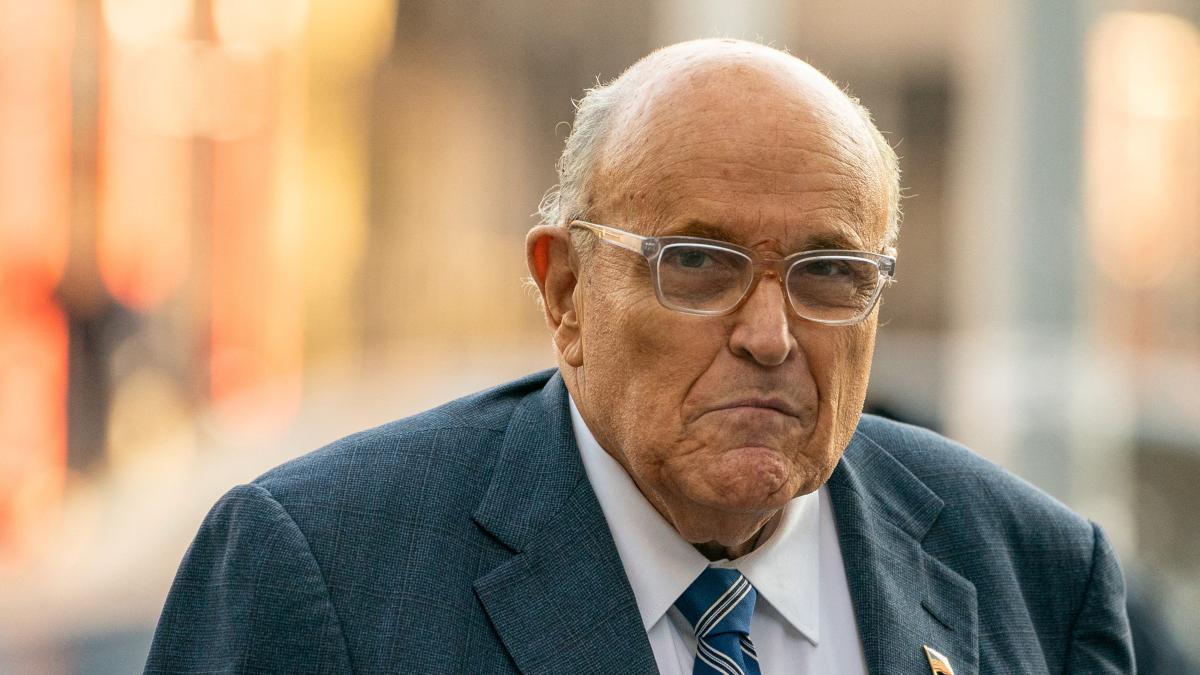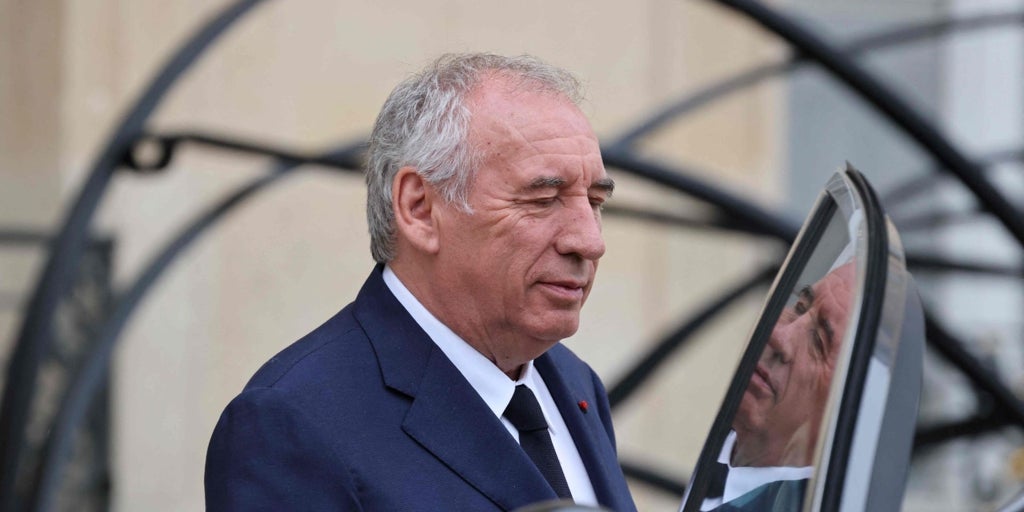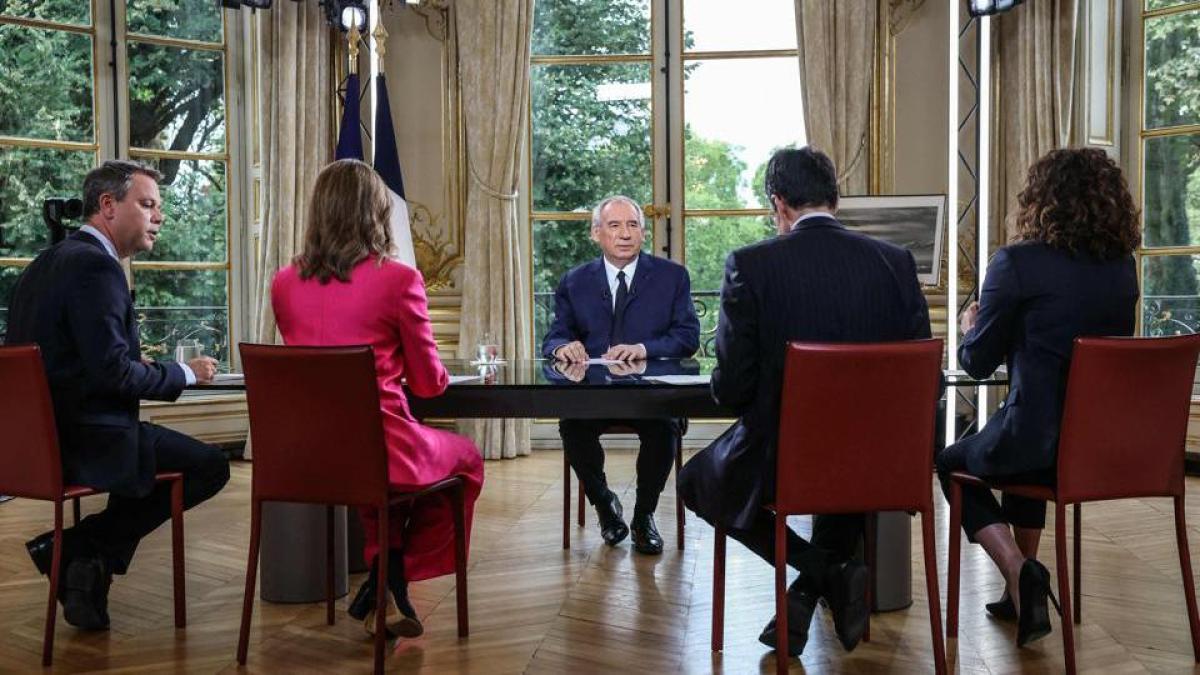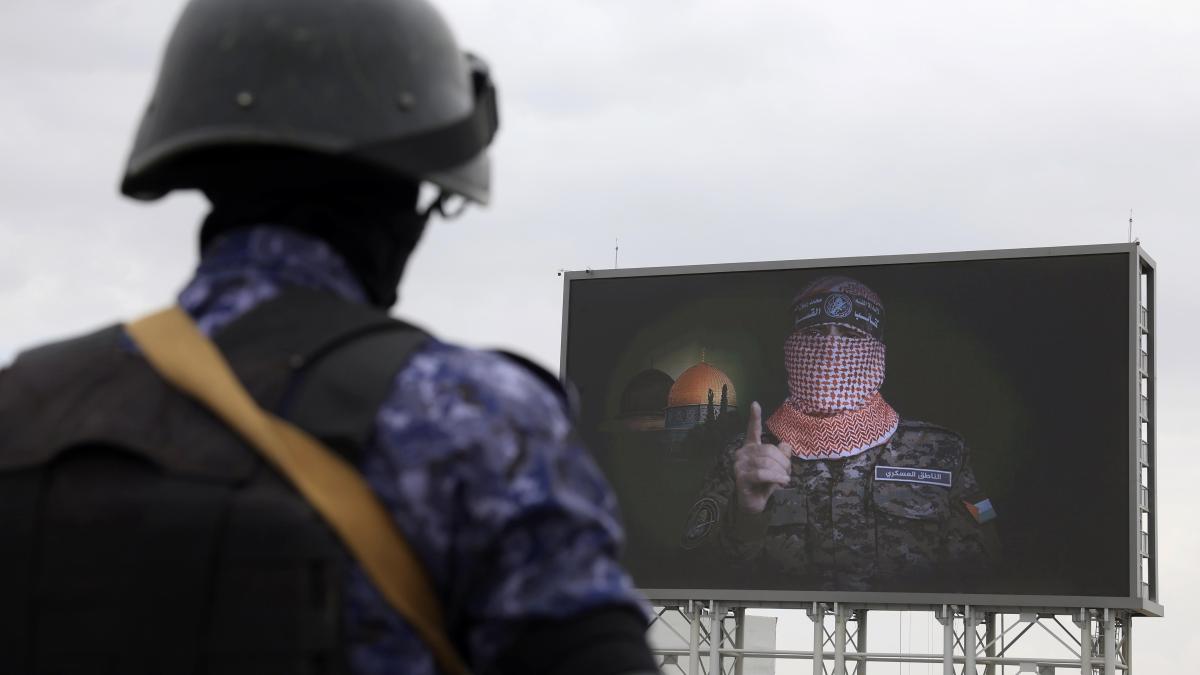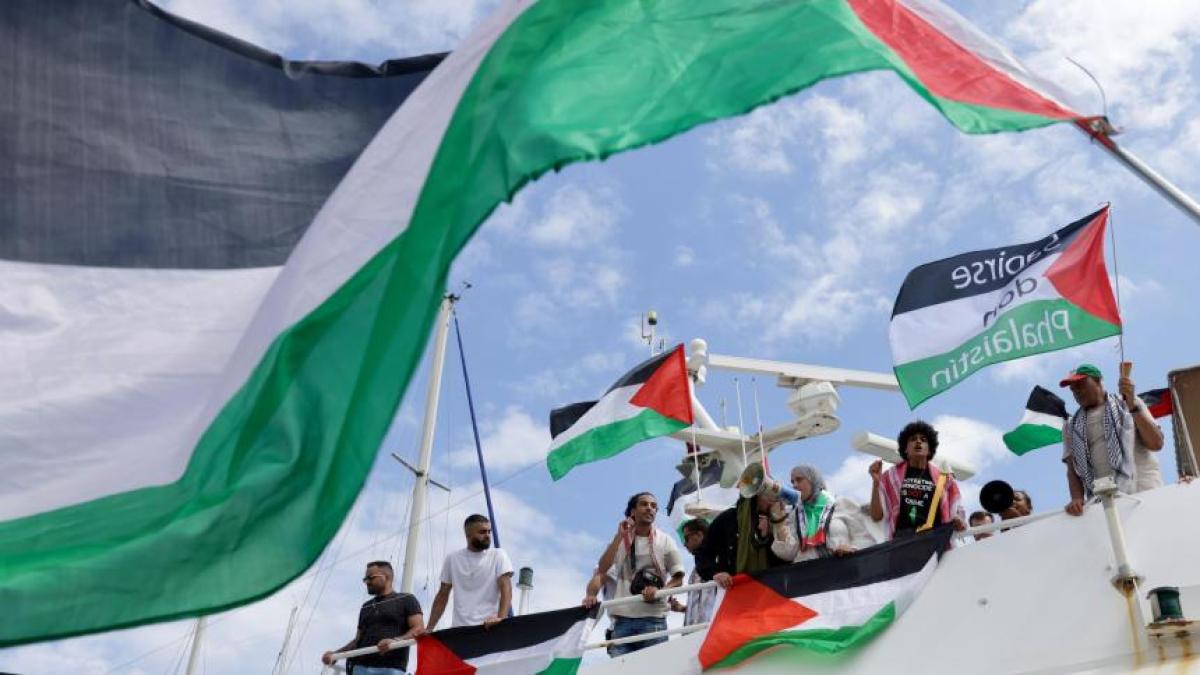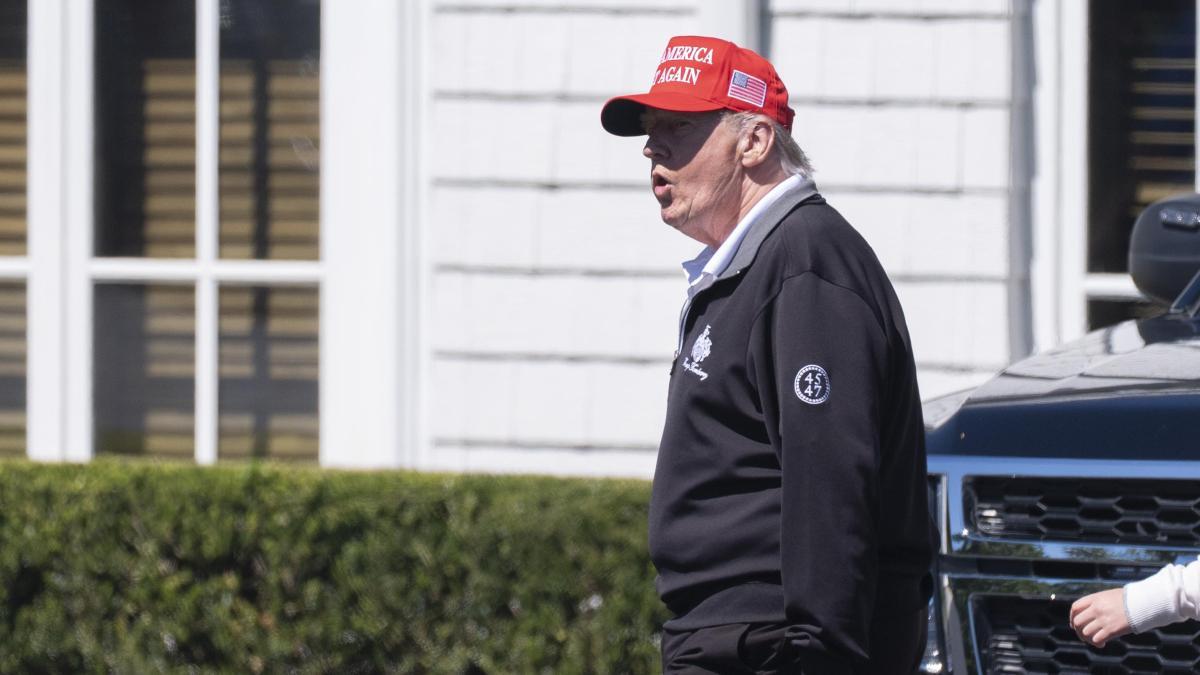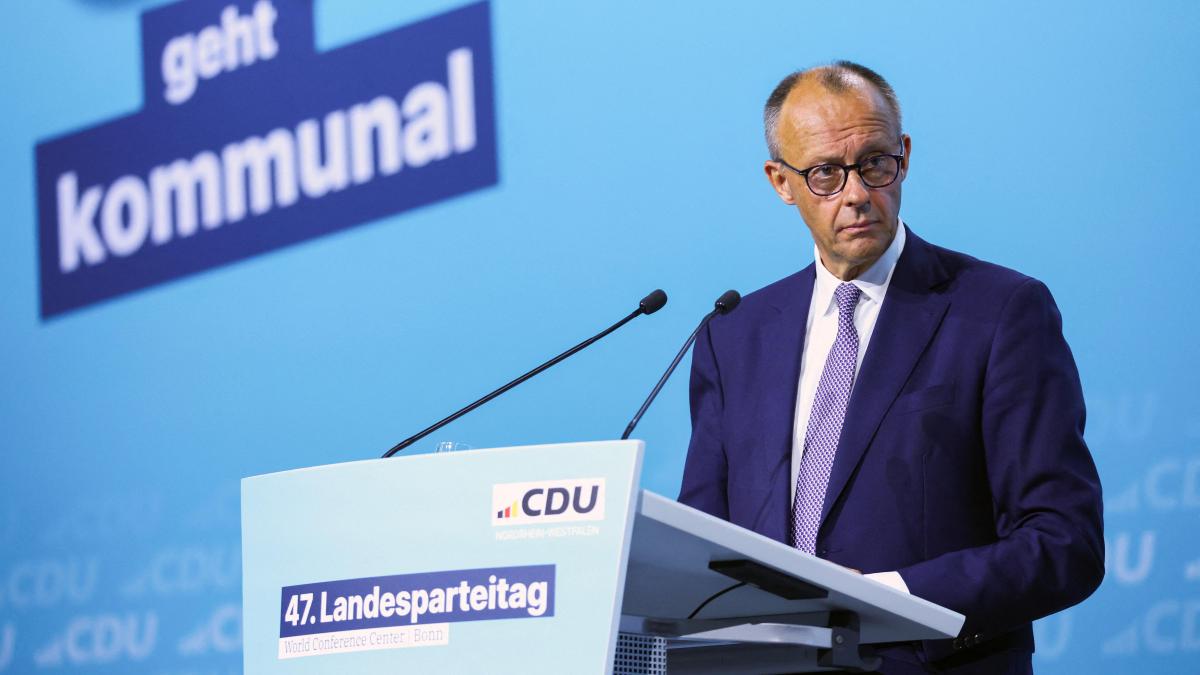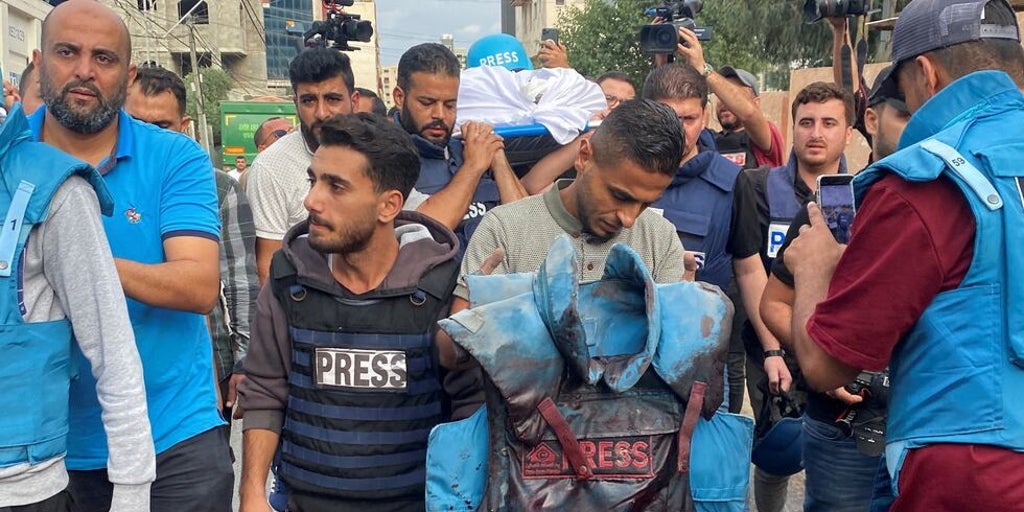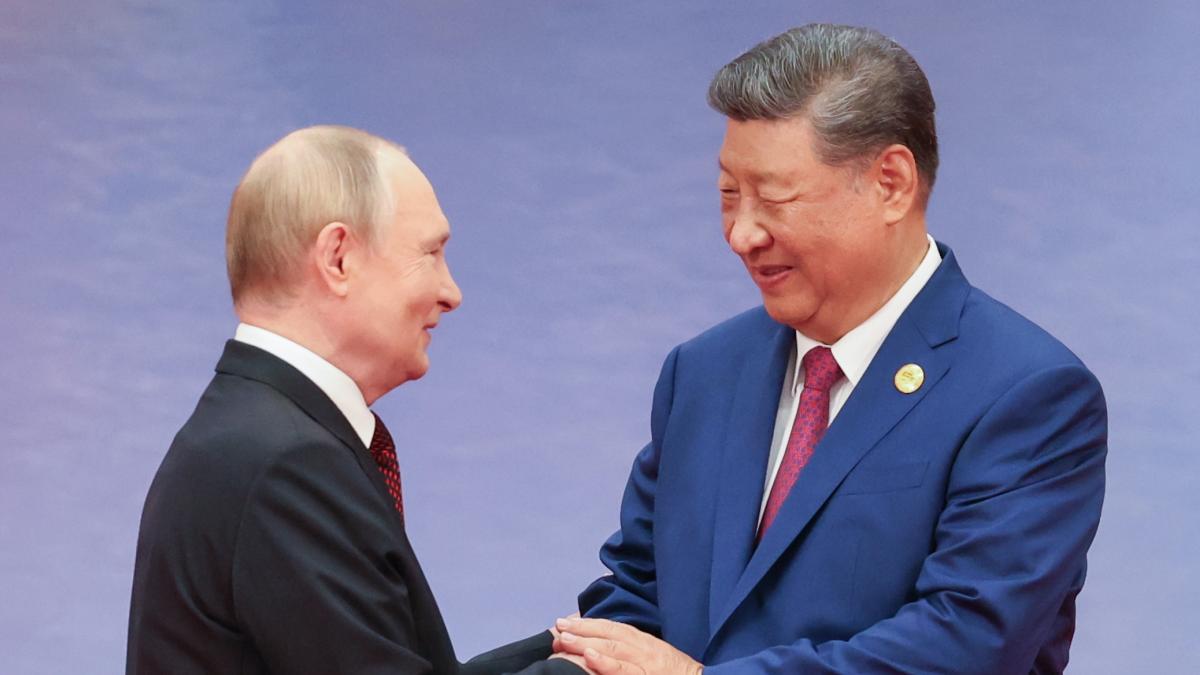“`html
Pro-Iran soldiers and militiamen murdered at least 700 men, 36 women and 63 children
In a shocking revelation about the ongoing atrocities in Syria, the backhoe tirelessly unearths the graves where the innocent victims of the Assad regime’s horrors lie buried. In Daraya, just eight kilometers from Damascus, echoes of one of the most brutal massacres resonate as survivors gather to expose the chilling truth.
“They killed indiscriminately, a horrific sight,” recalls Hosam, a brave soul who escaped the clutches of this brutal regime. “The bodies were dismembered—children’s bodies. This wasn’t just war. This was barbarism.” It’s reported that between August 24 and 26, 2012, regime troops committed heinous acts, slaughtering at least 700 individuals, including scores of children in cold blood.
With the regime now gone, these mountains of soil are exposed as survivors reclaim their memory, trying to bury the horrors of their past—horrors that the Iran-backed thugs tried desperately to erase. “We buried them to keep their memory alive,” insists Hosam, a haunting testament to the oppression faced by the people of Daraya.
Daraya paid a high price for its opposition to Assad and his strategic location, eight kilometers from Damascus.
What price must a community pay for standing against tyranny? “We gathered the bodies from basements, streets; the stench was unbearable,” laments Abu Mohamed al Saqa, another survivor. These men and women, determined to tell their tales, reflect years of terror turned into an urgent need to speak out against the regime’s oppression.
Daraya’s geographical position, a gateway to Damascus, made it a target from the start of the conflict. As the Iranian influence spread, police forces and allied militias left a trail of bloodshed. It also houses a revered site, exploited by the regime to justify their massacres.
“I hope your heart burns, like mine,” Jolud’s mother shouted to the soldiers.
The casualties were not just numbers; they were families, lives disrupted mercilessly. Witness accounts narrate that the regime’s soldiers were not alone; they were backed by Iranian militia members, identified by their distinct accents and uniforms. This is the true face of the enemy that the world overlooks.
Jolud, who lost his entire family to this senseless slaughter, recounts the heartbreaking moment when he saw what was left behind. “I found a lake of blood,” he laments. Until this day, justice remains a distant dream for survivors like Jolud, who are now facing their past as they reclaim their homes from the ashes of destruction left by tyrannical regimes.
“`

